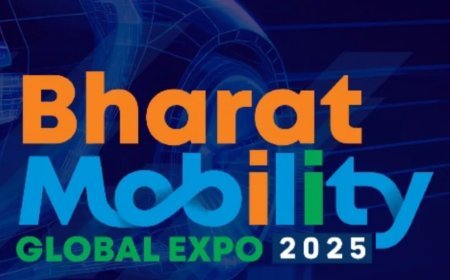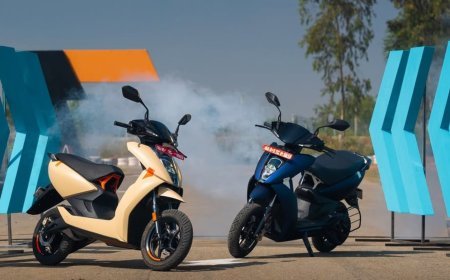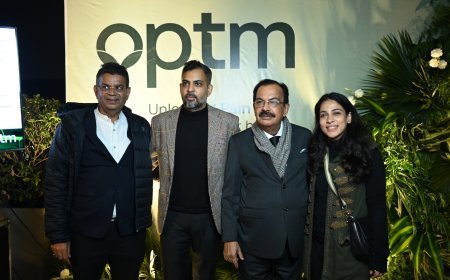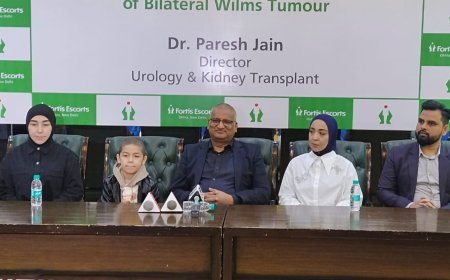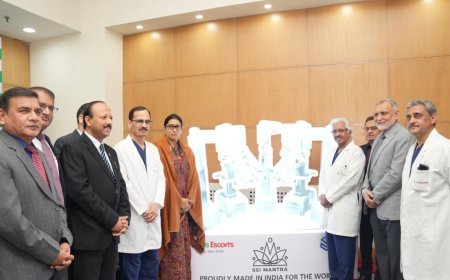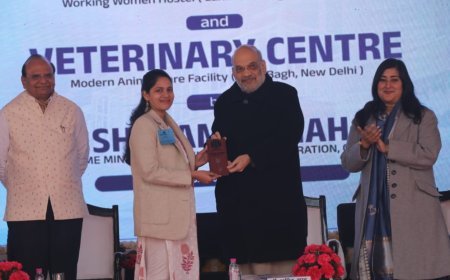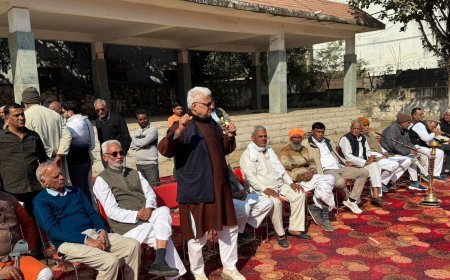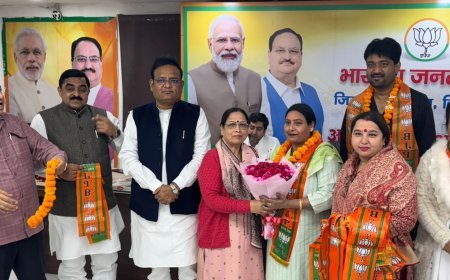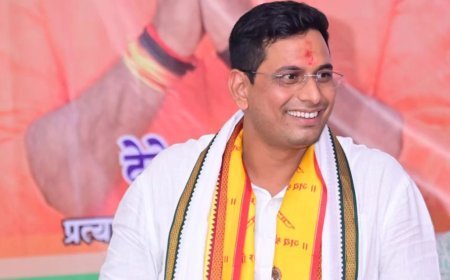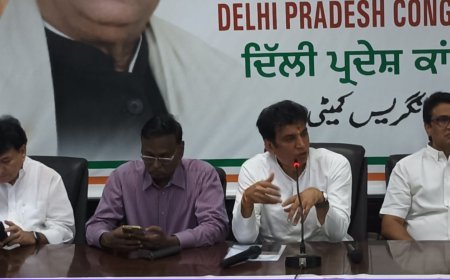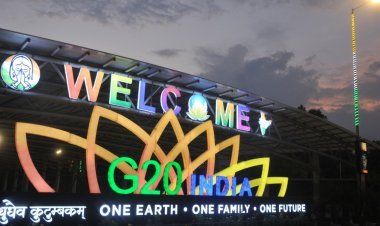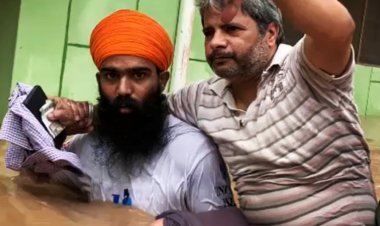Dwarka Expressway Inaugurated By PM Modi, Promising Enhanced Connectivity And Economic Growth In India
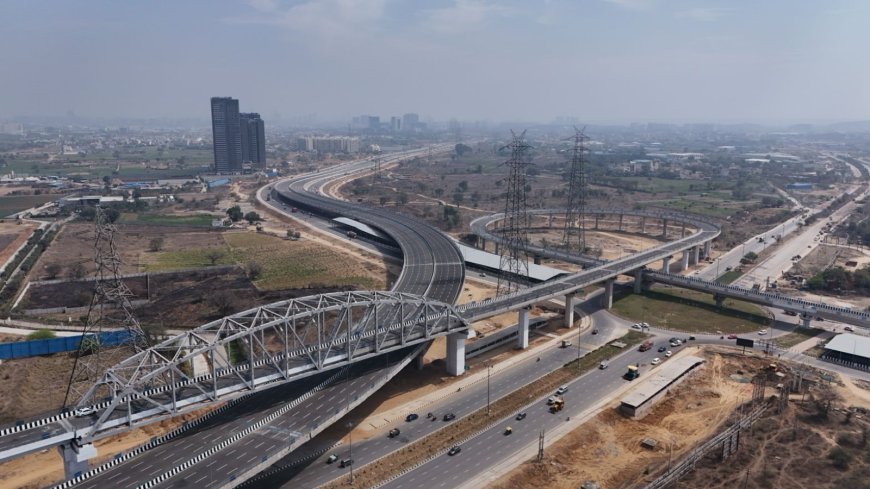
Prime Minister Narendra Modi inaugurated the highly anticipated 19-kilometre elevated section of the Dwarka Expressway on Monday, marking a momentous achievement in India's road infrastructure. This significant milestone promises to revolutionize connectivity between Dwarka and Gurgaon, slashing commute times to just 20 minutes. The Dwarka Expressway stands out as a remarkable feat of engineering, distinguished as the widest road constructed on a single pier, boasting eight lanes and incorporating innovative features aimed at enhancing connectivity and traffic efficiency.
The Dwarka Expressway, spanning a total length of 28.5 kilometers, has seen the opening of its 19-kilometer Gurgaon section. Anticipation is high for the entire expressway to become operational later this year. The Gurgaon section, with a cost of approximately Rs 4,100 crore, comprises two significant stretches: the Delhi-Haryana Border to Basai Rail-over-Bridge (ROB), spanning 10.2 kilometers, and the Basai ROB to Kherki Daula, stretching 8.7 kilometers. Additionally, the expressway will provide direct connectivity to the IGI Airport in Delhi and the Gurugram Bypass, further enhancing its significance.
Speaking on the inauguration, Prime Minister Modi tweeted, "Today marks an important day for connectivity across India... The inauguration of the Haryana Section of Dwarka Expressway is a significant step. These projects will stimulate economic growth and align with our efforts to develop next-generation infrastructure."
Today is an important day for connectivity across India. At around 12 noon today, 112 National Highways, spread across different states, will be dedicated to the nation or their foundation stones would be laid. The Haryana Section of Dwarka Expressway will be inaugurated. These… pic.twitter.com/7uS1ETc8lj — Narendra Modi (@narendramodi) March 11, 2024
Initially conceptualized in 2006 by the Haryana government, the Dwarka Expressway encountered various challenges, including land acquisition issues and legal disputes. These hurdles led to prolonged delays spanning over a decade, prompting intervention by the National Highways Authority of India (NHAI) in 2016.
Regarding toll considerations, the expressway includes provisions for a 34-lane toll plaza at the Delhi-Gurgaon border. However, the implementation of toll charges remains uncertain, with deliberations ongoing regarding the proximity to cities and industrial areas, overseen by Union Highways Minister Nitin Gadkari.
Key features of the expressway include its single-pier construction, accommodating eight lanes (four on each side), optimizing land usage and providing wider service roads to handle high-volume city traffic. Notably, the design of the expressway prevents ribbon development along its course, ensuring unobstructed pathways devoid of encroachments. Access to the main speedway is facilitated through sector roads connected to interchanges, minimizing disruptions and congestion.
The Dwarka Expressway's design also includes a shallow tunnel near IGI Airport, spanning 3.6 kilometers with eight lanes. This innovative approach avoids deep excavation and the use of tunnel boring machines, addressing security concerns and mitigating airport radar interference.
Once fully operational, the Dwarka Expressway will serve as the fourth arterial road and second expressway between Delhi and Gurgaon. It is poised to divert substantial traffic from the congested Delhi-Gurgaon expressway, significantly reducing travel time between south and west Delhi and Gurgaon. Overall, the Dwarka Expressway holds immense potential to improve connectivity and facilitate smoother transit for commuters and businesses alike, ushering in a new era of transportation infrastructure.

